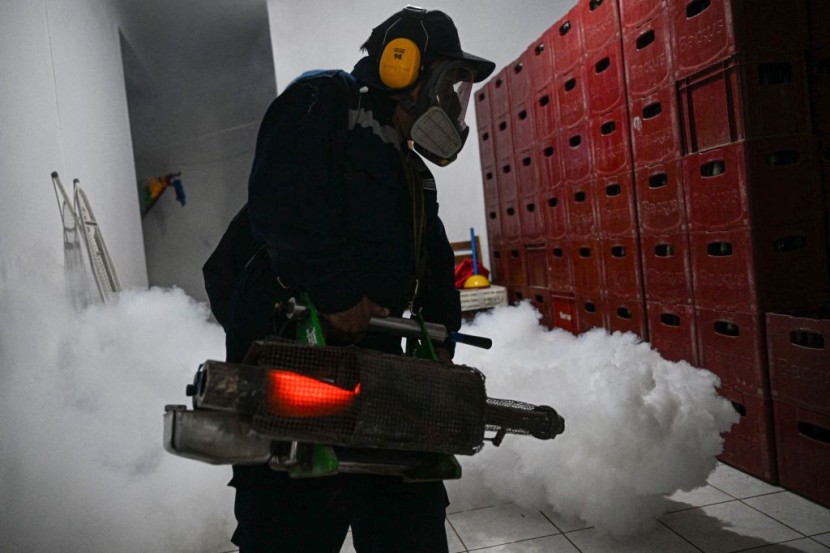
- The worst dengue outbreak on Peru's record has reached 130,000 cases and 200 fatalities
- The situation is caused by an El Nino climate phenomenon that brought torrential rains and hordes of mosquitoes
- El Nino is a cyclical warming of the oceans and weather worldwide that fuels tropical cyclones in the Pacific
Recent El Nino rains have worsened Peru's dengue outbreak, reaching 130,000 cases with 200 fatalities.
Officials are concerned that the health crisis could worsen as a climate phenomenon brings torrential rains and hordes of mosquitoes. The situation has driven up the death toll this year to over 200, as the region's health ministry announced on Thursday.
Peru's Dengue Outbreak
Health experts described dengue fever as an Aedes aegypti mosquito-borne tropical disease resulting in high fever, headache, vomiting, muscle, joint pain, and sometimes, even death.
Peruvian health authorities have also pointed toward the natural climate phenomenon known as El Nino as one of the key drivers of the surge in dengue cases in the country. The phenomenon is a cyclical warming of the world's oceans and weather. This fuels tropical cyclones in the Pacific, boosting rainfall and flood risk in Peru, as per the New York Post.
Furthermore, the increase in rainfall in the region brings mass reproduction of mosquitoes due to the accumulated water in the cities. Health officials in Peru are now prohibiting residents from storing still water in open containers to prevent the creatures' reproduction.
In a statement, Peruvian Health Minister Rosa Gutierrez said on Tuesday that dengue kills and urged the public to help her eliminate mosquito breeding sites. The United States National Oceanic and Atmospheric Administration (NOAA) declared on June 9 that an El Nino was underway.
The cooler La Nina pattern dominated the climate in the last three years, but scientists say that this year looks particularly worrying. In 2016, residents in Peru experienced the last powerful El Nino, and the world saw its hottest year on record.
Read Also: EU Offers $1 Billion Tunisia Aid Package
Addressing the Worsening Crisis
A meteorologist with NOAA's Climate Prediction Center, Michelle L'Heureux, said we are now in unprecedented territory. On Thursday, Peruvian President Dinal Boluarte signed a decree where she declared a two-month "state of emergency" in 18 of the country's 24 regions, allowing for swift official action for "imminent danger from heavy rainfall," according to Fox News.
Most of the people who are infected with dengue do not have symptoms, and the majority of affected individuals will recover in one to two weeks. Some people who develop severe dengue and need care are transferred to hospitals for treatment.
Most dengue cases can be treated at home using pain medication, but the best way to avoid getting dengue is to prevent mosquito bites. Currently, there is no specific treatment for dengue, and health experts focus on treating pain symptoms.
Professionals commonly use acetaminophen (paracetamol) to control the pain caused by dengue. They generally avoid prescribing non-steroidal anti-inflammatory drugs such as ibuprofen and aspirin because they can increase a patient's risk of bleeding, said the World Health Organization.








